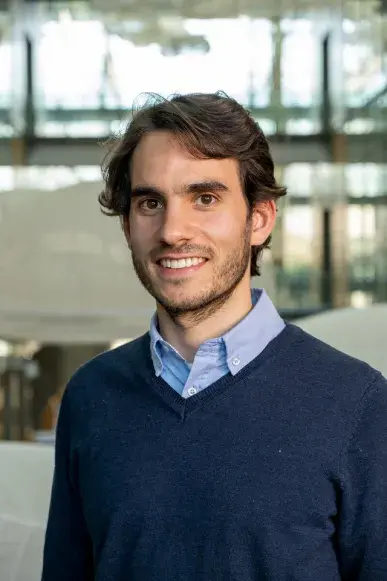Connection between the Nobel Prize in Physics and San Sebastian
In the announcement of this year's Nobel Prize in Physics a paper by the researcher Pablo Piaggi, an Ikerbasque Research Fellow in CIC nanoGUNE’s Theory group, is cited as a significant breakthrough. The 2024 Nobel Prize in Physics has been awarded to John Hopfield and Geoffrey Hinton for laying the foundations of artificial intelligence. The Royal Swedish Academy of Sciences has awarded this prize to the two of them for fundamental discoveries and inventions making machine learning with artificial neural networks possible.

This year's two Nobel Laureates in Physics relied on tools from physics itself to develop methods that form the basis of automatic machine learning. These methods are widely used by the scientific community and have made significant advances in a very broad range of fields possible. The breadth of the fields in which it has been possible to apply these methods is particularly noteworthy. What is more, they have enabled studies and simulations that would have been unthinkable just three or four years ago to be conducted.
Artificial neural networks are used to provide an “imitator” of the physical model in question. This can significantly reduce the computational resources required, thus allowing larger systems with higher resolution to be probed. An example that demonstrates the success of these methods is the prediction of new photovoltaic materials.
“In our work,” explained Pablo Piaggi, “we use these models to study and simulate how ice forms from water, taking the fundamental equations of physics as the basis. This is a problem of great importance in climate prediction and climate change mitigation.” “If we had been asked five years ago whether it would be possible to simulate phenomena of this complexity from first principles, i.e., from the Schrödinger equation, the answer from the community would have been a resounding no; solving that equation would be impossible in terms of the capacity of today's computers. However, thanks to the advances made by Hopfield, Hinton, and others, we were able to do so in 2022,” said the nanoGUNE researcher.
“I am delighted to learn that one of my papers has been cited in the announcement of this year's Nobel Prize in Physics,” enthused Pablo Piaggi.
